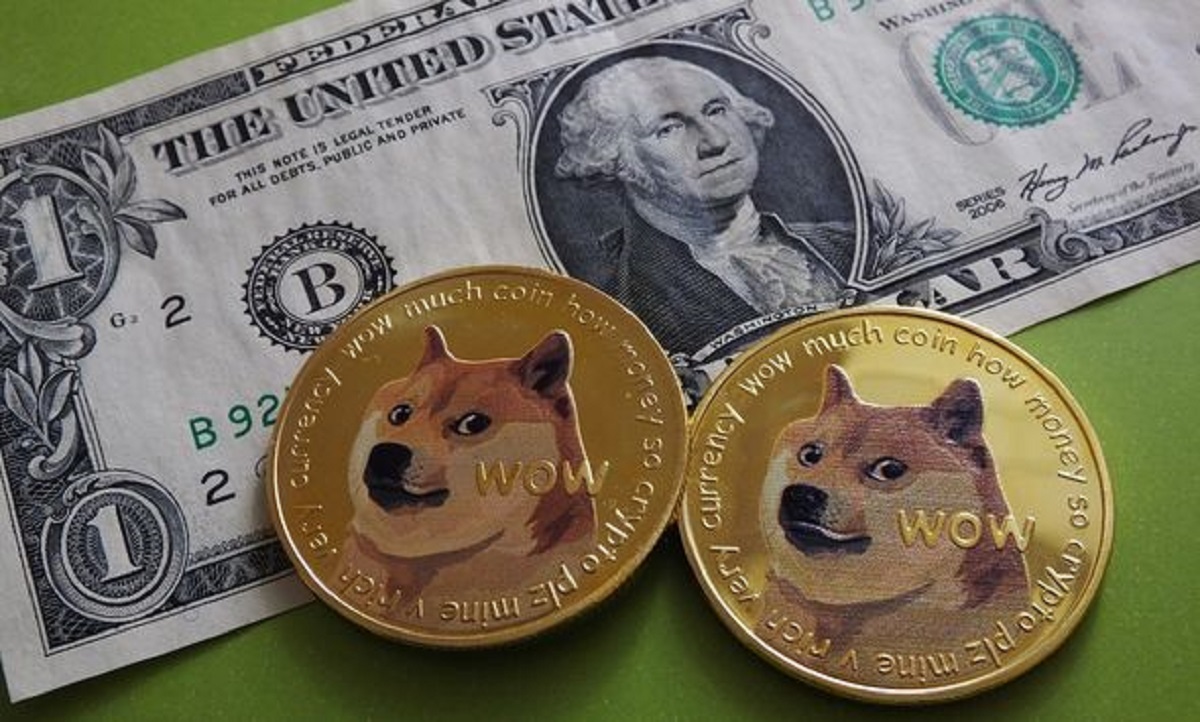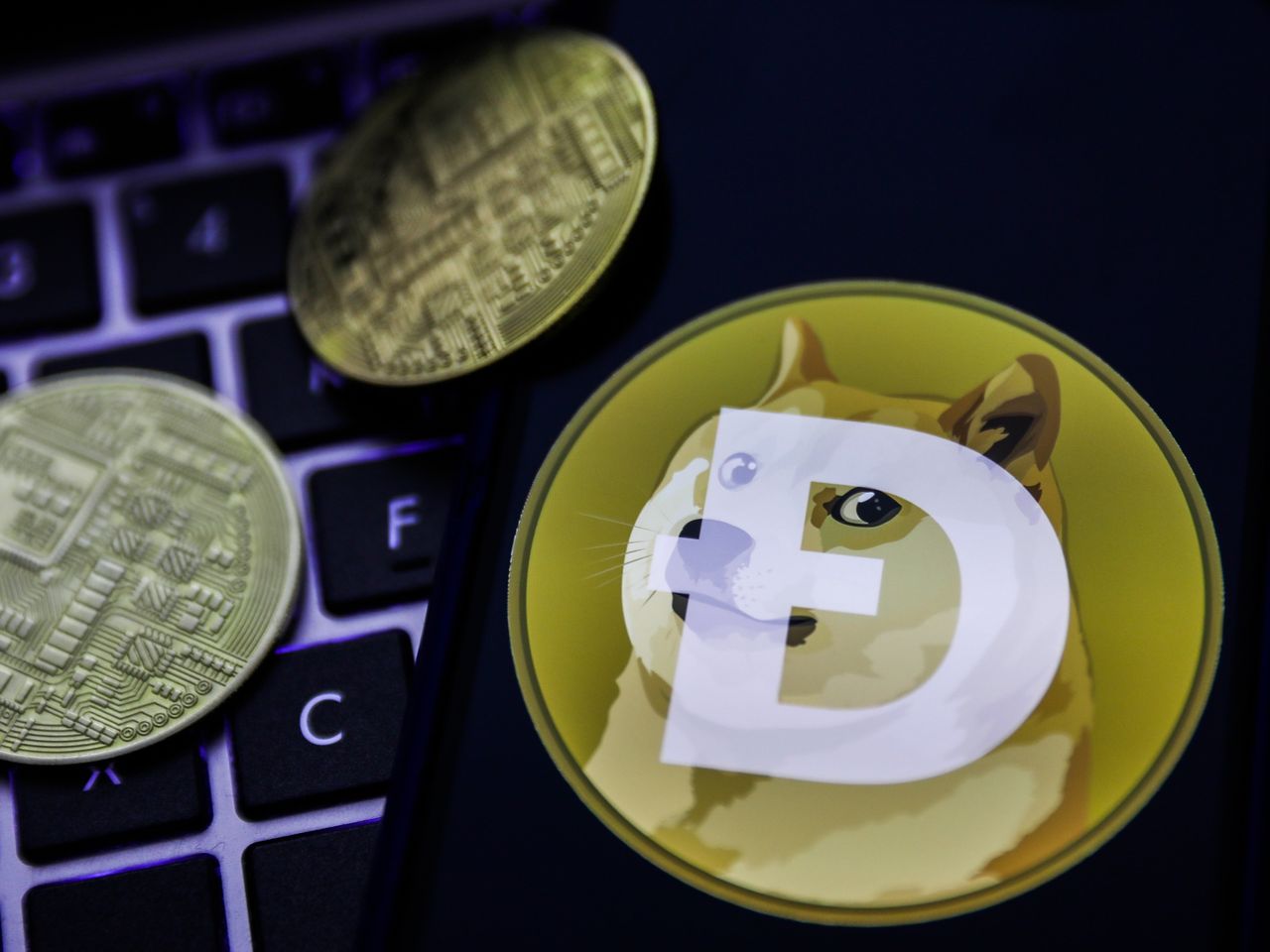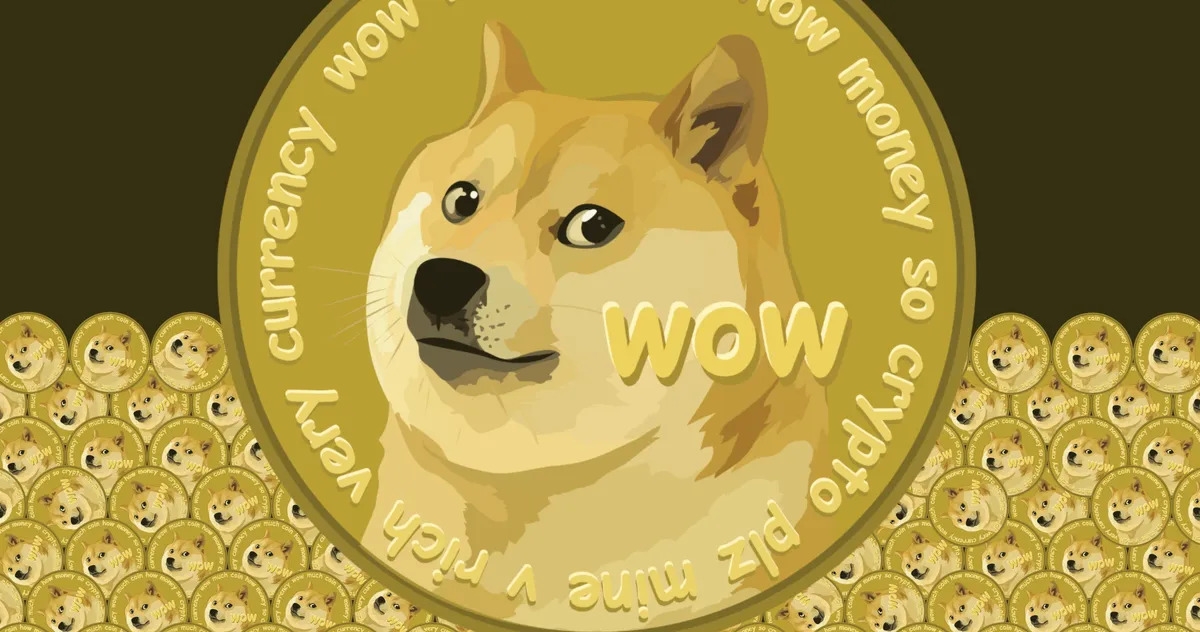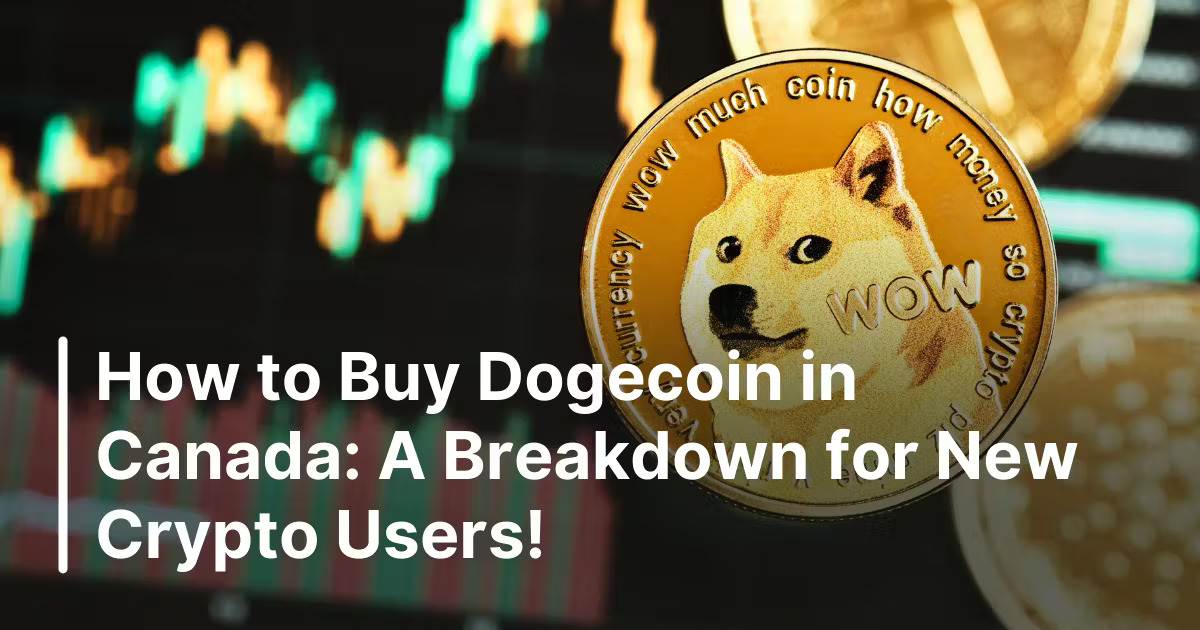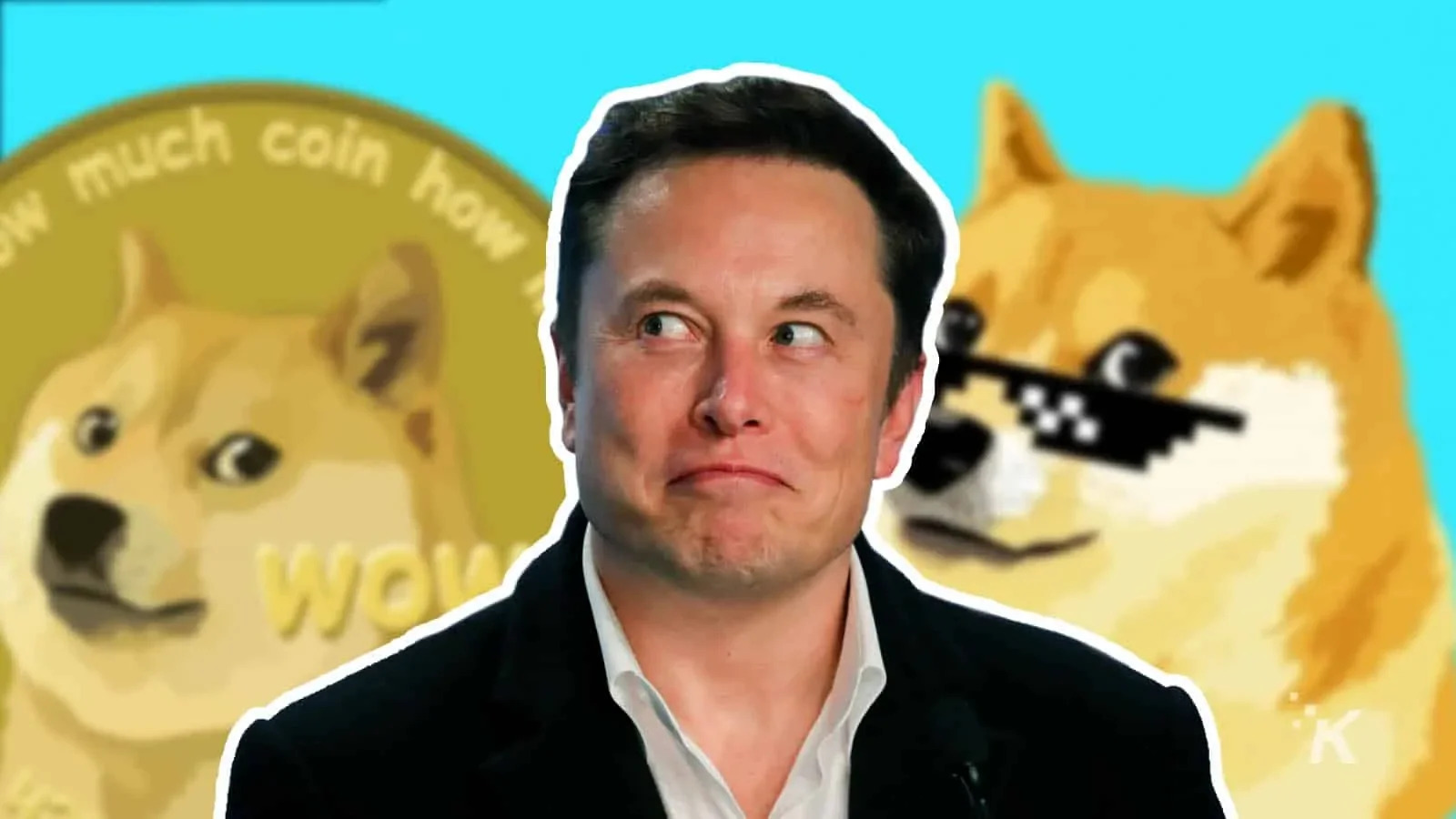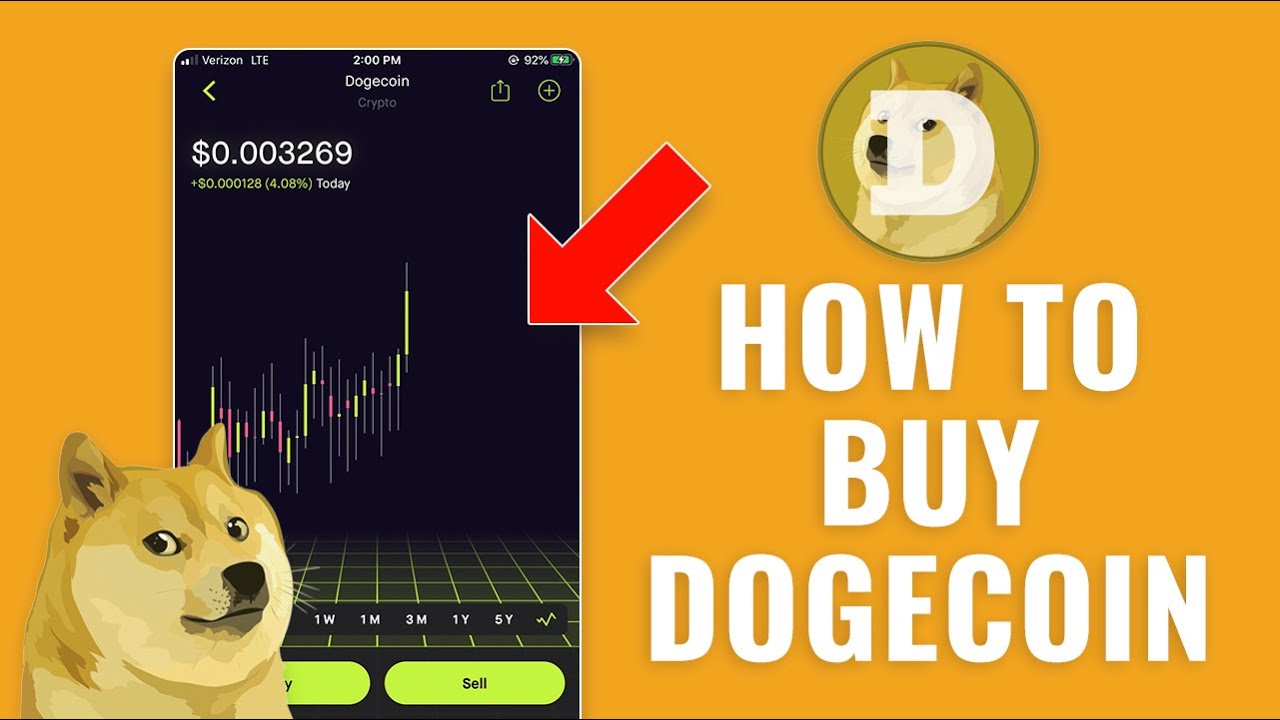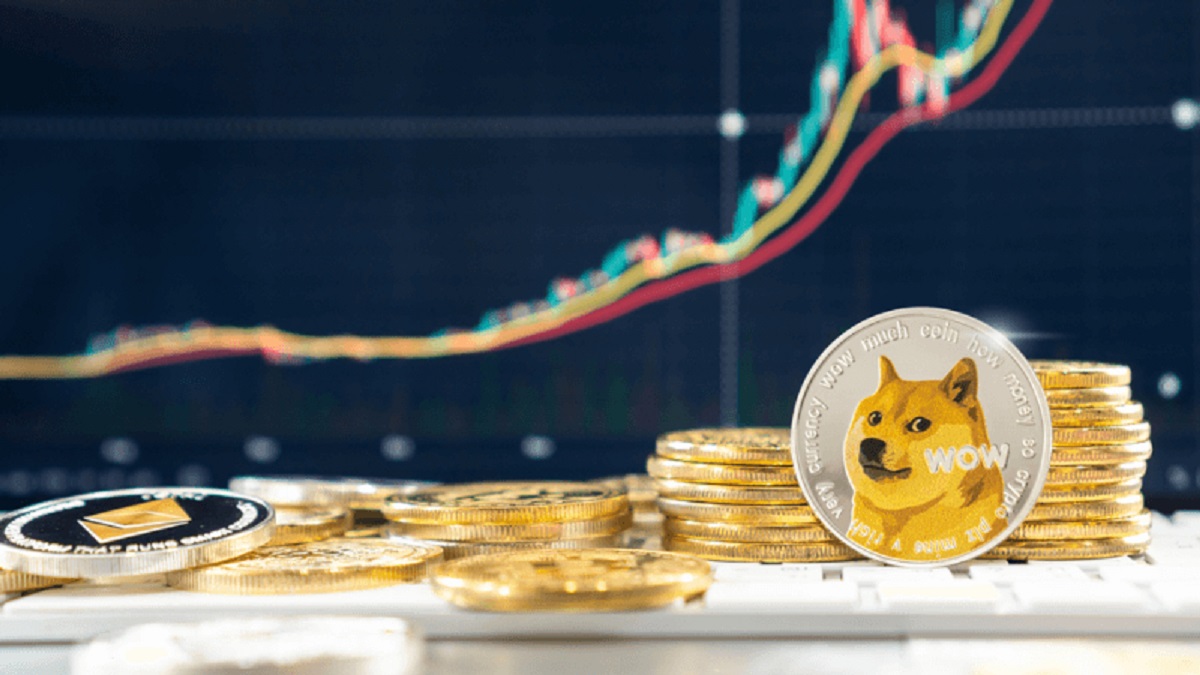Introduction
Over the past few years, Dogecoin has emerged as a popular cryptocurrency, capturing the attention of investors and the general public alike. Initially created as a lighthearted joke, Dogecoin has gained significant traction, evolving into a digital asset with a substantial following. As we move towards 2030, many people are curious about what the future holds for Dogecoin and its potential value.
Before we delve into predicting the future worth of Dogecoin, it’s essential to understand its background and the factors that could shape its value. Dogecoin was introduced in December 2013, inspired by the widely popular “Doge” meme featuring a Shiba Inu dog. Unlike Bitcoin and other cryptocurrencies, Dogecoin was designed to be a fun and friendly digital currency.
Initially, Dogecoin gained popularity due to its low transaction fees, fast processing times, and a vibrant online community. It attracted various individuals, including cryptocurrency enthusiasts, online communities, and even celebrities. Elon Musk, the CEO of SpaceX and Tesla, has been one of the prominent figures who frequently tweet about Dogecoin, further increasing its exposure and value.
As with any cryptocurrency, the value of Dogecoin is subject to various factors, including technological advancements, adoption and acceptance, market trends, monetary policy, and regulatory environment. Understanding these factors will provide us with a better perspective on predicting Dogecoin’s future worth.
In the following sections, we will explore each of these factors in detail and discuss their potential impact on Dogecoin’s value in 2030.
Factors Affecting Dogecoin’s Future Value
When assessing the potential value of Dogecoin in 2030, several crucial factors come into play. These factors have the potential to influence the growth, adoption, and overall market perception of Dogecoin. Let’s examine the key factors that could impact Dogecoin’s future value:
- Technological Advancements: As with any digital asset, technological advancements play an integral role in determining its future value. Dogecoin’s blockchain technology, which is based on Litecoin’s blockchain, may need to evolve to address scalability and transaction speed issues. Additionally, further developments in security measures, data privacy, and smart contract capabilities could enhance Dogecoin’s functionality and attract more users.
- Adoption and Acceptance: The level of adoption and acceptance of Dogecoin in various industries and communities will significantly impact its future value. If more businesses, both online and brick-and-mortar, start accepting Dogecoin as a form of payment, it would increase its utility and demand. Furthermore, collaborations with reputable organizations and integration into mainstream financial systems could further legitimize Dogecoin and boost its value.
- Market Trends and Competition: The cryptocurrency market is highly dynamic, with new digital assets continually being introduced. Dogecoin’s value could be influenced by market trends and the emergence of alternative cryptocurrencies with similar features. Additionally, investor sentiment, market volatility, and the overall state of the global economy can impact Dogecoin’s price movements.
- Monetary Policy and Inflation: Dogecoin’s future value may also be influenced by its monetary policy. Unlike Bitcoin, Dogecoin does not have a limited supply, with billions of coins in circulation. The ongoing rate of new coin creation and the potential for inflation could affect its long-term value. A robust and transparent monetary policy that balances supply and demand could contribute to a stable and valuable Dogecoin.
- Regulatory Environment: Regulatory developments and government policies regarding cryptocurrencies can significantly impact their value and adoption. If governments establish favorable regulations that support the use and trading of cryptocurrencies like Dogecoin, it could drive increased investor confidence and wider acceptance. On the other hand, stringent regulations or outright bans could dampen market enthusiasm and hinder Dogecoin’s growth.
These factors are not exhaustive, but they provide a comprehensive overview of the key elements that could shape Dogecoin’s future value. It’s important to note that predicting the exact value of any cryptocurrency is challenging, as it depends on a multitude of factors that can be highly unpredictable. Nonetheless, by analyzing these factors, we can gain insights into the potential growth and value of Dogecoin in the years to come.
Technological Advancements
Technological advancements play a crucial role in the future value of Dogecoin. As a digital currency, the underlying technology needs to be robust, scalable, and secure to meet the demands of a growing user base. Here are some key technological advancements that could shape Dogecoin’s future:
Scalability: One of the primary challenges facing cryptocurrencies is scalability, the ability to handle a large number of transactions efficiently. Dogecoin’s blockchain, based on Litecoin’s technology, could benefit from improvements in scalability solutions. For example, the implementation of layer 2 protocols like the Lightning Network could allow for faster and cheaper transactions, making Dogecoin more appealing for everyday use.
Privacy: Privacy has become a significant concern for users of digital currencies. Technologies like zero-knowledge proofs and advanced cryptographic techniques can enhance the privacy and anonymity of transactions. If Dogecoin incorporates more privacy-focused features, it could attract users who value financial privacy and bolster its adoption.
Smart Contracts: Smart contracts are self-executing contracts with the terms encoded directly on the blockchain. While Dogecoin does not currently support smart contract functionality, it could potentially incorporate this feature in the future. Smart contracts would enable the creation of decentralized applications (DApps) on the Dogecoin network, opening up new possibilities for developers and users.
Interoperability: Interoperability refers to the ability of different blockchain networks to communicate and interact with each other. By improving interoperability, Dogecoin could benefit from collaborations and partnerships with other networks, allowing for seamless asset transfers and enhanced functionality. The ability to bridge different blockchain ecosystems would expand the utility of Dogecoin and potentially increase its value.
Security: Security is paramount in the cryptocurrency world, considering the prevalence of hacking and fraudulent activities. Advancements in security measures, such as the implementation of advanced encryption algorithms and multi-factor authentication, can protect the Dogecoin network and user funds from malicious actors. Strengthening the security infrastructure would boost user confidence and encourage more people to adopt Dogecoin.
It’s important to note that these technological advancements are not guaranteed to occur or be implemented in Dogecoin. However, if Dogecoin stays at the forefront of technological innovation and embraces these advancements, it could enhance its usability, attract more users, and potentially increase its value in the long run.
Adoption and Acceptance
The level of adoption and acceptance of Dogecoin in various industries and communities will significantly impact its future value. Here are some key factors that could influence the adoption and acceptance of Dogecoin:
Merchant Acceptance: For a cryptocurrency to gain widespread adoption, it needs to be accepted as a form of payment by merchants. As more businesses, both online and brick-and-mortar, start accepting Dogecoin, it would increase its utility and demand. The integration of Dogecoin payment gateways and the development of user-friendly merchant tools could encourage more businesses to adopt Dogecoin as a viable payment option.
Online Communities: Dogecoin has a vibrant online community that actively promotes and supports the cryptocurrency. The continued engagement and active participation of the community could contribute to its adoption. Online communities often organize fundraisers, charity events, and initiatives that showcase the benefits and potential of Dogecoin, attracting new users and generating positive sentiment.
Celebrity Endorsements: Dogecoin has gained popularity through interactions and endorsements from celebrities, notably Elon Musk. Influential figures endorsing Dogecoin can significantly impact its acceptance. Their reach and influence can introduce Dogecoin to a broader audience who may then become interested in investing or utilizing the cryptocurrency.
Integration into Mainstream Financial Systems: If Dogecoin manages to integrate with existing financial systems, such as banking institutions and payment processors, it would provide a more seamless experience for users. This integration could open up avenues for traditional investors and institutions to engage with Dogecoin, driving interest and acceptance. Additionally, partnerships with financial technology companies could facilitate the integration of Dogecoin into digital wallets and payment apps, making it more accessible to the general public.
Regulatory Compliance: Regulatory compliance and adherence to legal frameworks are crucial for the widespread acceptance of any digital currency. If Dogecoin meets regulatory requirements and operates within a clear legal framework, it can gain the trust of individuals, businesses, and financial institutions. Regulatory clarity can also lead to increased investor confidence and wider acceptance of Dogecoin as a legitimate digital asset.
The adoption and acceptance of Dogecoin are dynamic processes that rely on a combination of grassroots efforts, industry partnerships, and regulatory support. It is difficult to predict the exact level of adoption Dogecoin will achieve by 2030. However, if it continues to gain momentum and attract interest from various sectors, its value could experience significant growth over the next decade.
Market Trends and Competition
The cryptocurrency market is highly dynamic, and market trends and competition can have a significant impact on the value of Dogecoin. Here are some factors to consider when assessing Dogecoin’s future value in relation to market trends and competition:
Competitive Landscape: Dogecoin faces competition from numerous other cryptocurrencies, each with its unique features and value propositions. The emergence of new cryptocurrencies, as well as the continuous development of existing ones, can affect Dogecoin’s market position. Factors such as technological advancements, user adoption, and market perception will determine how Dogecoin competes in the overall cryptocurrency landscape.
Investor Sentiment: Investor sentiment plays a significant role in cryptocurrency price movements. Positive news, endorsements from influential figures, and overall market confidence can drive up the value of Dogecoin. Conversely, negative news, market volatility, or regulatory uncertainties can impact the sentiment and cause price fluctuations. Monitoring investor sentiment and market trends can provide insights into Dogecoin’s potential value in the future.
Global Economic Factors: The state of the global economy can influence cryptocurrency prices, including Dogecoin. Economic indicators, such as inflation rates, interest rates, and geopolitical events, can affect investor behavior and risk appetite. In times of economic instability, cryptocurrencies like Dogecoin can be seen as alternative investments, leading to increased demand and potentially higher values.
Market Volatility: The cryptocurrency market is known for its volatility, with prices experiencing significant fluctuations in short periods. Market volatility can be driven by various factors, including investor sentiment, regulatory announcements, and technological advancements. Traders and investors often take advantage of price swings, contributing to market volatility. Understanding and analyzing market trends and volatility can provide insights into Dogecoin’s future value.
User Adoption: The rate of user adoption for Dogecoin is an essential indicator of its value and market demand. Increasing user adoption signifies a growing user base and a higher potential for transactions and utility. Factors such as ease of use, accessibility, and user experience can influence adoption rates. Monitoring user adoption metrics and analyzing trends can help assess Dogecoin’s growth potential and future value.
It’s important to note that the cryptocurrency market is highly speculative and subject to market forces that can be challenging to predict. While market trends and competition can significantly impact Dogecoin’s value, making accurate predictions is difficult. Staying informed about market developments, industry trends, and competitor analysis can provide insights into Dogecoin’s potential future value.
Monetary Policy and Inflation
The monetary policy and inflation of Dogecoin are important considerations when assessing its future value. Here are key factors that can influence Dogecoin’s value in relation to its monetary policy and inflation:
Token Supply: Unlike Bitcoin, Dogecoin does not have a capped supply. Currently, there are billions of Dogecoins in circulation, and new coins are continuously being minted. The rate at which new coins are introduced into the market can impact its value. If the token supply increases rapidly without a corresponding demand increase, it can potentially lead to inflation and dilute the value of each Dogecoin.
Inflation Rate: The inflation rate of Dogecoin refers to the rate at which new coins enter circulation. Lower inflation rates typically indicate higher scarcity and can potentially contribute to the value appreciation of Dogecoin. On the other hand, higher inflation rates may put downward pressure on the value of Dogecoin. Balancing the rate of token creation and inflation becomes crucial to maintain a stable and valuable cryptocurrency.
Monetary Policy Adjustments: Dogecoin’s monetary policy determines how token supply and inflation are managed. Changes to the monetary policy, such as adjusting the rate of coin creation or implementing deflationary mechanisms, can influence Dogecoin’s value. A transparent and well-defined monetary policy that aligns with the overall goals of Dogecoin can enhance trust and attract long-term investors.
Economic Factors: The overall economic environment, both globally and locally, can impact the value of Dogecoin in relation to inflation. Economic indicators such as interest rates, GDP growth, and unemployment rates can affect investor sentiment and demand for cryptocurrencies. Monitoring economic factors and their potential impact on Dogecoin’s value can provide insights into its future worth.
Perception of Scarcity: The perception of scarcity can influence the value of any asset, including Dogecoin. If there is a widespread belief that Dogecoin has a limited supply and is becoming increasingly scarce, it can drive up demand and, consequently, its value. However, if there is a perception of infinite token supply or lack of scarcity, it may exert downward pressure on Dogecoin’s value.
It is important to consider the interplay between monetary policy, inflation, and market dynamics when evaluating Dogecoin’s future value. The ability to strike a balance between maintaining a stable monetary system and promoting growth and adoption will be crucial in determining Dogecoin’s long-term value.
Regulatory Environment
The regulatory environment surrounding cryptocurrencies, including Dogecoin, can have a significant impact on its future value. The following factors highlight the importance of the regulatory landscape:
Government Policies: Government policies and regulations vary across jurisdictions. The approach that governments take towards cryptocurrencies can influence their acceptance and adoption. If governments establish clear and favorable regulations that support the use and trading of cryptocurrencies like Dogecoin, it could drive increased investor confidence and wider acceptance. Conversely, regulatory uncertainty or stringent regulations could dampen market enthusiasm and hinder Dogecoin’s growth.
Security and Investor Protection: Governments often introduce regulations to ensure the security of investors and protect against fraudulent activities in the cryptocurrency market. Implementing measures such as know-your-customer (KYC) requirements and anti-money laundering (AML) policies can help instill trust in the market and attract institutional investors. A robust regulatory framework that addresses security concerns and investor protection can contribute to a more stable and secure environment for Dogecoin and increase its value.
Market Integrity and Transparency: Regulatory oversight can help promote market integrity and transparency. Regulatory bodies can set standards and guidelines to ensure fair market practices, prevent market manipulation, and promote transparency in trading activities. A transparent and well-regulated market is likely to attract more participants, including institutional investors, which can contribute to the growth and value of Dogecoin.
International Cooperation: Coordination and collaboration among different countries and regulatory bodies is essential in shaping the regulatory environment for cryptocurrencies. International cooperation can help establish consistent global standards, facilitate cross-border transactions, and provide clarity for businesses operating in multiple jurisdictions. A harmonized regulatory landscape reduces uncertainty and increases the likelihood of widespread adoption and value appreciation of Dogecoin.
Legal Clarity and Compliance: Dogecoin’s value may also depend on its ability to operate within a clear legal framework. Legal clarity ensures compliance with existing laws and regulations, reducing the risk of legal setbacks or unexpected consequences. By adhering to applicable legal requirements, Dogecoin can establish itself as a legitimate and trustworthy asset, attracting more users and investors in the process.
As the regulatory environment continues to evolve, it is essential to stay updated on the latest developments and changes that may impact Dogecoin. By navigating the regulatory landscape effectively and complying with applicable regulations, Dogecoin can enhance its reputation, bolster investor confidence, and potentially increase its value over time.
Predictions and Speculations on Dogecoin’s Value
When it comes to predicting the future value of Dogecoin, it is important to note that cryptocurrencies are inherently volatile and subject to market forces that can be difficult to predict. However, based on current trends and factors influencing Dogecoin, we can make some speculative projections about its future value:
Increase in Value: Many experts and enthusiasts believe that the value of Dogecoin could increase over time. Factors such as increased adoption, technological advancements, and positive market sentiment can contribute to its growth. Additionally, if Dogecoin continues to gain support from influential figures and establish itself as an accepted form of payment, it could potentially see a rise in value.
Volatility: Given the history of cryptocurrencies, including Dogecoin, it is important to recognize that volatility is a characteristic of this market. Dogecoin’s value may experience significant fluctuations in response to market trends, investor sentiment, and unforeseen events. It is crucial for investors and users to be prepared for these fluctuations and assess the risk associated with the volatility of cryptocurrencies.
Market Competition: The cryptocurrency market is highly competitive, with many digital assets vying for attention and investment. The success and value of Dogecoin could be influenced by how it competes with other cryptocurrencies. Factors such as technological advancements, adoption rates, and market perception will play a role in determining its position and value compared to its competitors.
Regulatory Impact: The regulatory environment surrounding cryptocurrencies can also impact Dogecoin’s value. Positive regulatory developments that support the use and trading of cryptocurrencies can contribute to increased adoption and investor confidence, which may result in an upward trend in Dogecoin’s value. Conversely, unfavorable regulations or unexpected regulatory actions can have a negative impact on its value.
Long-Term Potential: Looking ahead to 2030, some speculate that Dogecoin could potentially be worth more than its current value. However, the realization of this potential depends on various factors, including sustained growth, technological innovation, wider acceptance, and favorable market conditions. It is important to approach these predictions with caution, as they are subject to change based on the evolving landscape of the cryptocurrency market.
As with any investment or speculation, it is recommended to conduct thorough research, consider multiple perspectives, and assess your own risk tolerance before making any decisions regarding Dogecoin or any other cryptocurrency.
Conclusion
As we look towards the future, the value of Dogecoin remains uncertain and subject to a myriad of factors. Technological advancements, adoption and acceptance, market trends and competition, monetary policy and inflation, and the regulatory environment all play pivotal roles in determining Dogecoin’s future worth.
While it is challenging to make precise predictions about Dogecoin’s value in 2030, it is clear that its future hinges on continued technological innovation, widespread adoption, and an evolving regulatory landscape. The potential for Dogecoin to increase in value exists, especially if it can address scalability issues, gain merchant acceptance, and establish itself as a trusted and legitimate digital asset.
However, it is important to acknowledge the inherent volatility of the cryptocurrency market and the potential risks associated with investing in Dogecoin. Market trends, investor sentiment, and regulatory developments can all significantly impact Dogecoin’s value, leading to price fluctuations that may be difficult to anticipate or control.
As with any investment, it is crucial to conduct thorough research, stay informed about market developments, and assess your own risk tolerance before making any decisions related to Dogecoin or other cryptocurrencies. Additionally, considering the long-term potential of Dogecoin and its role within the larger cryptocurrency ecosystem is essential for making informed decisions and managing expectations.
Ultimately, the future value of Dogecoin will be shaped by a complex interplay of technological advancements, market dynamics, regulatory environments, and user adoption. Keeping a watchful eye on these factors while understanding the inherent risks and potential rewards of investing in Dogecoin will be key to navigating the evolving landscape of this digital asset.







